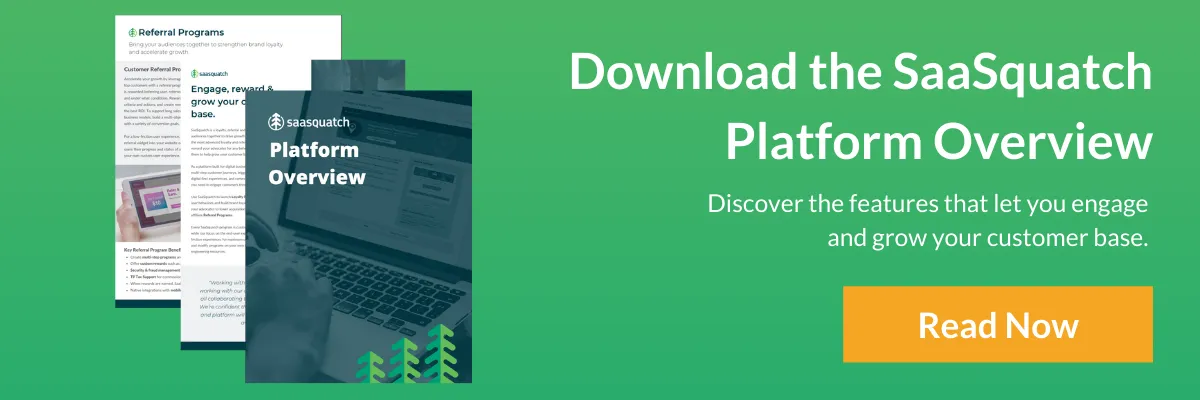What is Customer Lifecycle Marketing?
Survival in the digital economy isn’t just about who can acquire the most customers, but who can keep them coming back over time.
Understanding the progression of a customer’s journey with your brand is a critical component in building brand loyalty. It helps you decide how, when, and where to interact with a customer to drive maximum engagement.
So what does it mean to align your marketing strategy with the customer lifecycle?
Whether you’re new to lifecycle marketing, need a refresher, or want to learn something new, this article is for you.
We’ll explain the details and benefits of lifecycle marketing, and help you understand how a loyalty strategy is one of the most powerful strategies to use.

What is lifecycle marketing?
A customer’s lifecycle is the stages they go through while interacting with your company, product or service over time.
It maps out their journey from prospect, to paying customer, to loyal brand advocate, and everything in between. The farther along a customer is in the lifecycle, the more valuable they are to your brand – they spend more, and refer more new business.
Lifecycle marketing means engaging with each prospect, lead, and customer differently in relation to their position in their purchasing journey.
By addressing a customer’s different needs and requirements at each stage, you maximize the value of every interaction, and present the best resources, CTAs, messages, and incentives to keep them engaged with your brand.
“Lifecycle Marketing isn’t just about sending messages customers might like — it’s about positively influencing their behavior.” –Anthony Nygren, EMI Strategic Marketing
It’s about realizing that every new customer presents the opportunity for a profitable, long-term relationship. This marketing approach isn’t about closing the most customers in the shortest amount of time, but demonstrating that you’re serious about delivering on customer needs.
This relationship-oriented approach lowers churn rates, boosts conversions, and improves the ROI of your marketing efforts. When customers feel appreciated and valued every step of the way, they return the favor in the form of repeat purchases and brand advocacy.
How do you do lifecycle marketing?
Creating a lifecycle marketing campaign involves leveraging customer data to understand when, where, and how you should engage with a customer to successfully nurture the relationship and guide them to the next stage of their purchasing journey.
As customers spend more time with your brand, their knowledge, confidence, and commitment levels vary, making it necessary for your marketing strategies to address different concerns, needs and requirements along the way.
This means that the user who just landed on your website will receive a different marketing message than the user who has been a customer for 10 years.
For the best results, lifecycle marketing should come into play every time you send a message, offer, or other promotion to a customer.
What do you need to get started?
The most important component you need to kick off a lifecycle marketing strategy is data.
Data is what helps you understand the best offer for each type of user. Depending on your industry and goals, you may find the best insights from transactional data (ie. purchase history) or behavioral data (ie. in-app actions), or a combination of both to properly define your lifecycle stages.
With enough data and the ability to properly segment customers, you’re ready to start personalizing your offers and reaping the benefits of lifecycle marketing.
What are the benefits of lifecycle marketing?
A lifecycle marketer’s main goal is to turn prospects into customers, and turn one-time customers into long-time brand advocates who recommend your product or service to everyone they know.
Lifecycle marketing helps you achieve this goal by lowering your acquisition costs, making customers feel appreciated through personalized marketing, and increasing your conversion rates at every stage.
You increase customer lifetime value
While not every single customer will turn into a loyal brand advocate, you greatly increase your chances of doing so when you purposefully move customers through the lifecycle instead of forgetting about them after their first purchase.
Keeping customers active and engaged pays off since repeat customers drive 3-7 times the revenue per visit compared to one-time buyers.
Plus, knowing how your users are progressing through the lifecycle helps you identify any problem areas where customers are getting stuck or dropping off, which indicates where you can dedicate more of your resources and attention.
You save time and money
It’s 5-25 times more cost-effective to focus on building relationships with the customers you already have (no matter what stage they’re at) rather than going after new customers.
Existing customers have already expressed a need for your business and they’re familiar with your brand, so it’s in your company’s best financial interest to keep delivering the relevant offers that will keep them engaged.
Focusing on what will motivate existing users to move through the purchasing journey (ie. promoting up-sells and new features) will both drive brand loyalty and save your resources.
Your customers feel appreciated
When you tailor marketing strategies for each customer, they feel personally valued and appreciated, because they’re not getting the same automated treatment as everyone else.
Lifecycle marketing demonstrates that you’re putting in effort to keep the relationship alive.
Plus, companies that prioritize the customer experience generate 60% higher profits than their competitors.
If you lose a customer, 63% of the time it’s because they felt undervalued or neglected.
How do you visualize the customer lifecycle?
The customer lifecycle model itself has been around for a long time. It’s often been compared to the sales funnel, which focuses on squeezing prospects into tighter and narrower stages before they drop out the bottom of the funnel after a sale.
With the expansion of the digital economy and the new ways that we can address, affect, and get customers to each stage, the journey of the modern buyer is best depicted as an infinite loop with room for fluid movement rather than a linear, finite path.
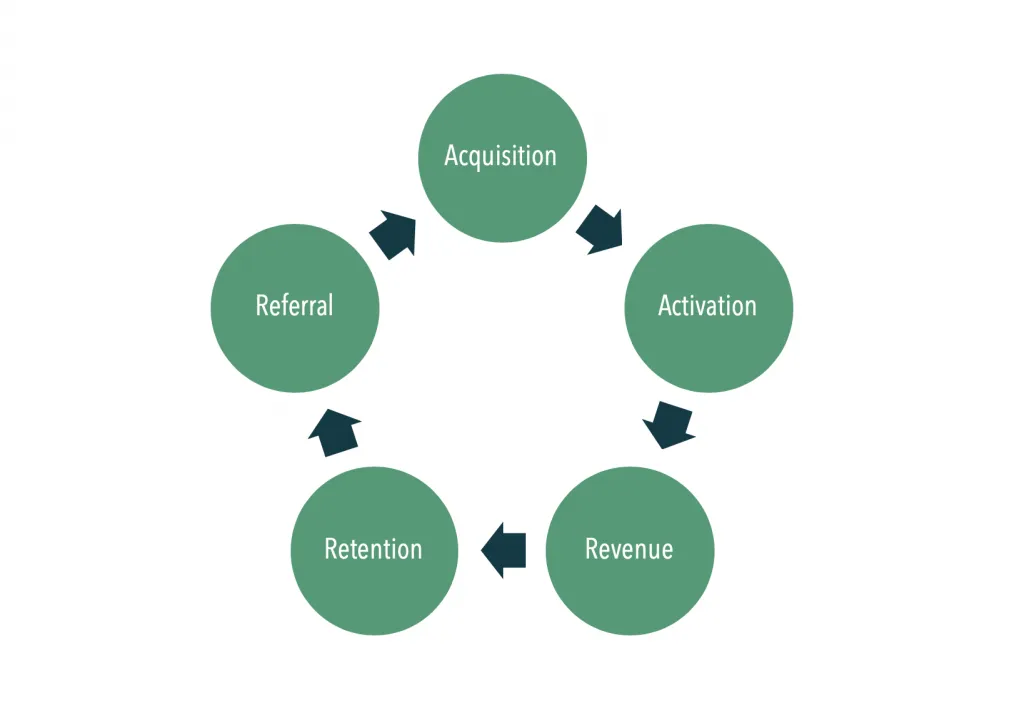
Why? The goal of customer loyalty is not to have customers buy once and never return – ie. have them “complete” the lifecycle and drop off.
The goal is to develop customers into loyal brand advocates who end up fueling the early stages. They help acquire and engage users with reviews, referrals, and user-generated content.
When looked at this way, your site visitors, prospects, and customers all play a part in attracting more customers and retaining happy, loyal ones. Customers may even repeat the lifecycle if your brand offers multiple products or skip a stage altogether.
What are the stages of the customer lifecycle?
There are many different lifecycle model variations that include or disclude certain stages depending on what makes sense for the industry. However, every lifecycle model shares the same concept of re-classifying users as they become more advanced product users and contribute more to your bottom line.
For describing the digital customer lifecycle as it relates to loyalty principles, we’ll use this model – an adaptation of the customer-lifecycle framework from 500 Startups. We’ve also included the marketing goal for users in each stage.
1 – Acquisition
Acquisition represents the moment you have your first transaction with a user. This does not necessarily mean exchanging money, but rather acquiring the contact information of a new lead after they download your app, create an account, or subscribe to your email list.
Marketing goal at this stage: Nurture prospects into users of your product/service
2 – Activation
The activation stage signifies the moment when a user sees the value of your product first-hand. For a digital business, this is typically during a free trial or limited access period.
Marketing goal at this stage: Nurture users into paying customers
3 – Revenue
A user at the revenue stage is one who has made their first purchase. They’ve decided you’re worth the investment, and have placed an order or paid for their first month’s subscription.
Marketing goal at this stage: Nurture customers into repeat buyers
4 – Retention
Once a user has made a financial contribution to your bottom line, your goal is to ensure they remain customers through subsequent purchases and up-sells, at the very least covering the cost to acquire them.
Marketing goal at this stage: Turn customers into life-long brand advocates and re-activate at-risk or lapsed customers
5 – Referral
A user in the referral stage is one who likes your product enough to advocate on your behalf and bring in new customers. They leave positive reviews and share your message with their inner circle.
Marketing goal at this stage: Continue to increase customer lifetime value and build advocacy.
Lifecycle Example: Uber
Let’s look at the lifecycle you would go through as a customer of Uber (the most popular ride-sharing app).
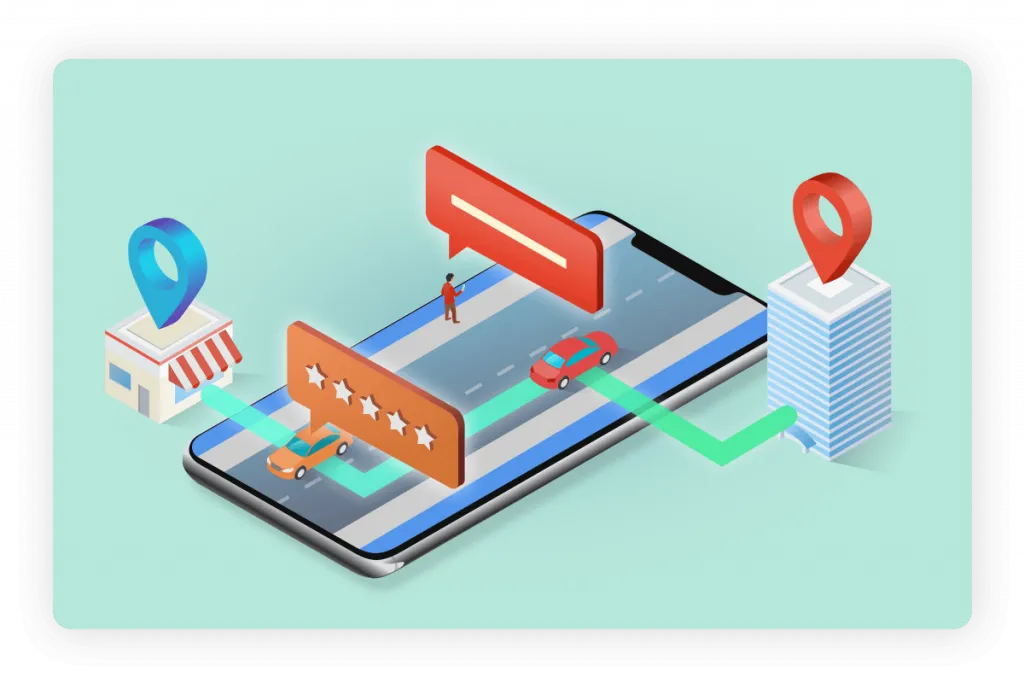
Acquisition: Your friend tells you about their favorite ride-sharing app, Uber, and you visit the app store to download it on your phone.
Activation: You open up the app and fill out your profile and connect a credit card for any future payments.
Revenue: You request your first ride and submit payment for the service.
Retention: You request subsequent rides, and load in money to be used for Uber Eats.
Referral: You tell your friends about the great experience you had with Uber, and recommend they try it out.
What does lifecycle marketing look like in the digital economy?
Digital businesses are uniquely equipped to succeed with lifecycle marketing strategies due to their large amounts of customer data and frequent user interactions.
It’s much easier to engage with customers and influence action when you don’t have to wait for them to walk into your store. Instead, push notification, in-app alerts and email notifications can all be leveraged to expand your reach.
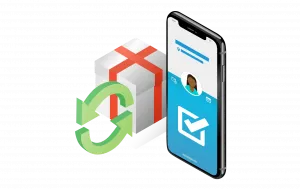 A digital marketer should have unique strategies for helping each type of customer progress through the lifecycle. You wouldn’t send a new lead the same marketing message as a long-time customer, so segmenting your customers from each stage helps you determine what they’ll respond well to.
A digital marketer should have unique strategies for helping each type of customer progress through the lifecycle. You wouldn’t send a new lead the same marketing message as a long-time customer, so segmenting your customers from each stage helps you determine what they’ll respond well to.
For example, to have a user complete the acquisition stage, encourage them to subscribe to your weekly newsletter. With a direct line to their inbox to show off educational content or onboarding guides, you’re able to nurture them towards the activation stage where they try your features.
For paying customers, target them with in-app upsell incentives or new-feature campaigns to increase their lifetime value and drive brand loyalty.
Customers you’re focused on retaining will benefit from a reactivation campaign or welcome-back incentives, with the goal that they refer new business in the future.
Lifecycle marketing ends up being a win-win strategy for you and your customers. By keeping track of your customers’ stage in the journey, you satisfy their needs, leading to more profitable engagement with your business.
Using loyalty programs for lifecycle marketing
When strategically executed, loyalty rewards programs are a powerful component of customer lifecycle marketing.
At multiple points in the customer’s journey, you can create programs that reward users for completing a specific action (ie. complete a platform training, upgrade their plan) that will help them further explore your value proposition and move farther along the lifecycle – all while building a positive relationship with your brand.
Plus, since the lifecycle stages are often highly intertwined, your ability to drive customer loyalty can have a significant impact on the success of all other stages.
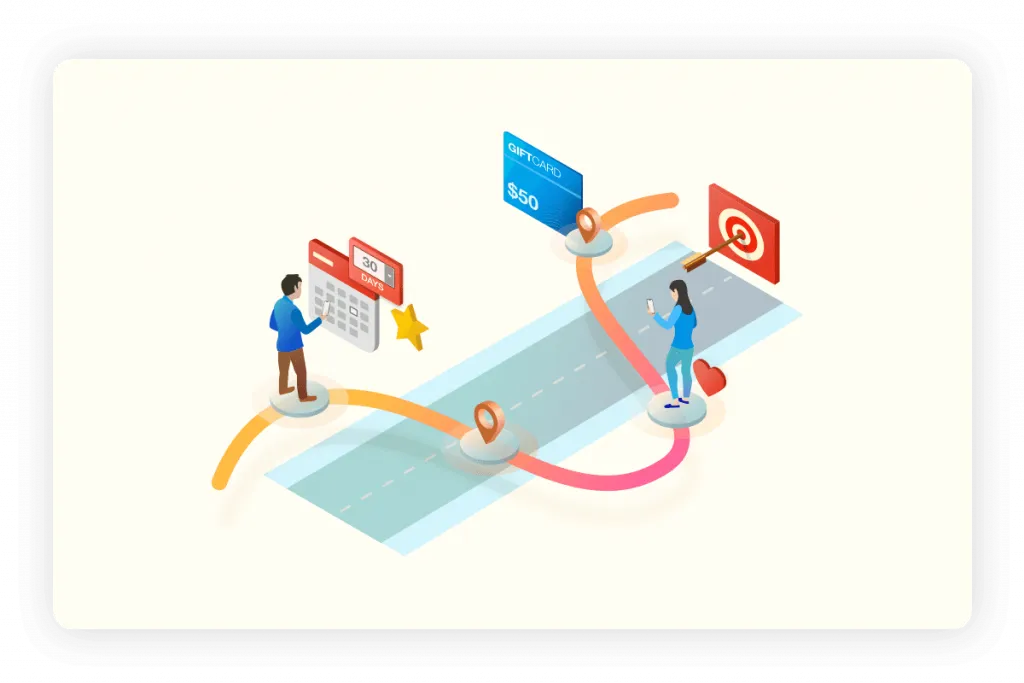
Every rewards-based loyalty program is made up of an incentive (ie. discounts, points) that you give to customers for completing a specific action (ie. making a purchase, referring a friend). But as you’ve learned, a user’s product knowledge, opinion, and commitment level vary at each stage of the lifecycle, so it’s important to remember that asking all customers to perform the same action for the same reward won’t deliver the best results.
Instead, by strategically applying specific loyalty, reward, and referral programs at each stage, you create a complete strategy and don’t miss an opportunity to keep customers coming back.
That’s why we created the SaaSquatch Program Library: An extensive collection of loyalty, reward, and referral programs to help you continuously engage every single customer.
The library includes programs like Referral Programs, Birthday Programs, Signup Programs, VIP Programs, Partner Programs, and much more. At each stage of your customer lifecycle, you can offer the best reward for the most relevant action that helps users get the most out of your product or service and propel them to the next stage.
For example, you can segment customers to make sure you’re rewarding brand new users for completing an in-app tutorial, and incentivize long-term customers with a 30% discount for making a referral, and so on.
Check out our article for more specific examples and to learn more about creating a complete loyalty strategy across your customer lifecycle.
Final Thoughts
By creating a better experience for your customers, you’re making it easy for them to choose your brand again and again.
Start by taking the time to map out a customer’s typical journey with your brand: What action do you want them to do next? How can you help get them to the next stage in the lifecycle?
To learn more about applying customer loyalty programs to your lifecycle, check out this article for a simple brainstorming worksheet to get started.
